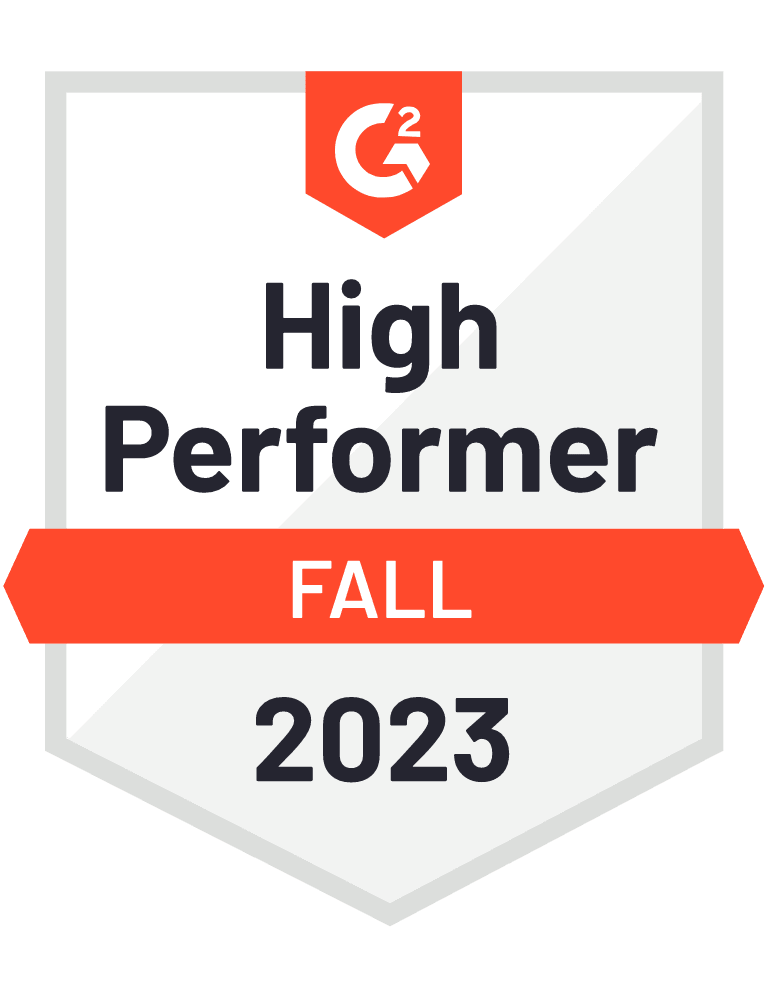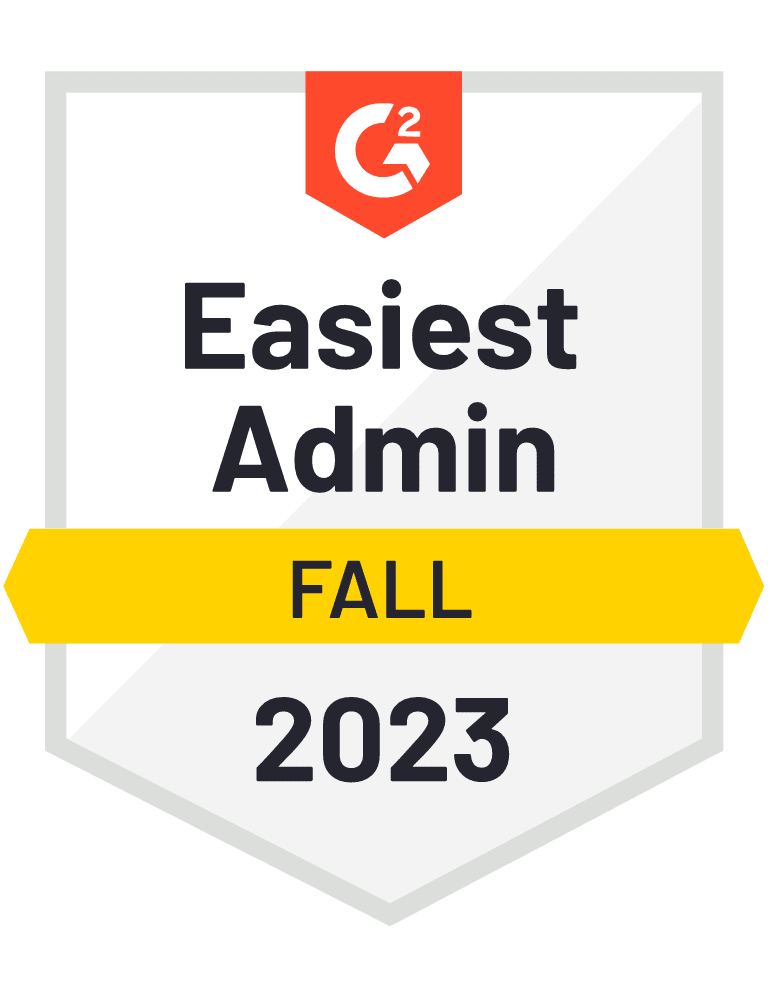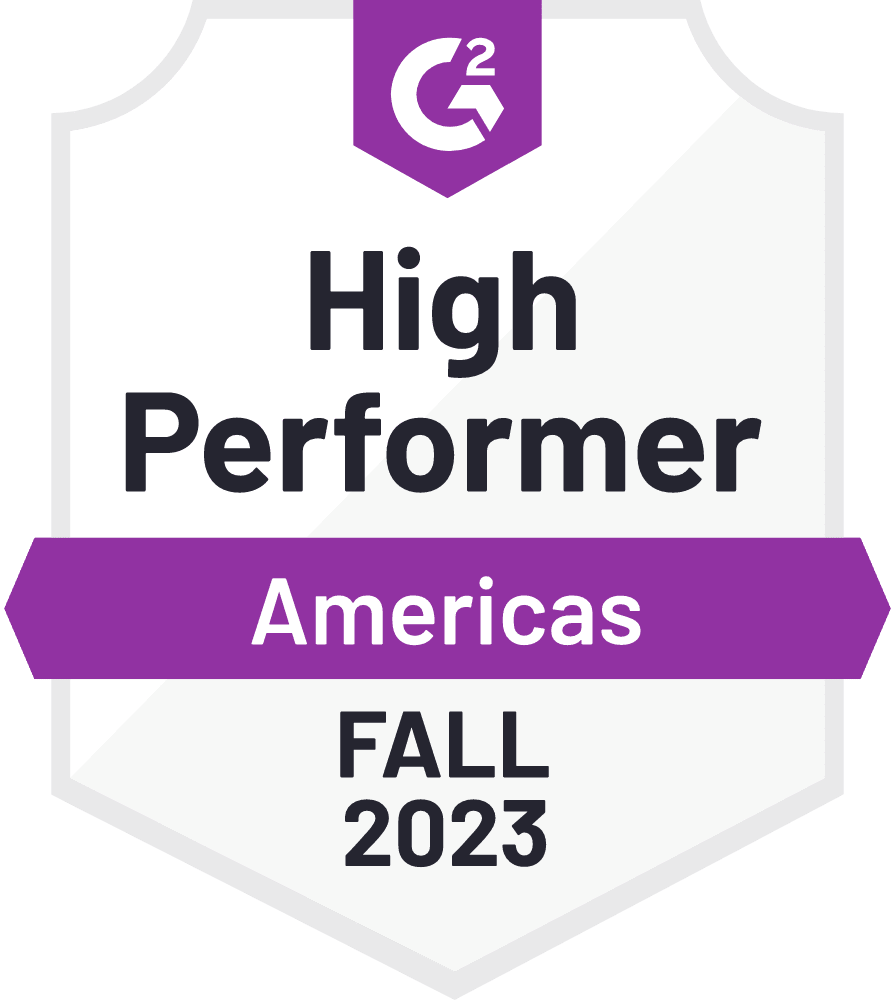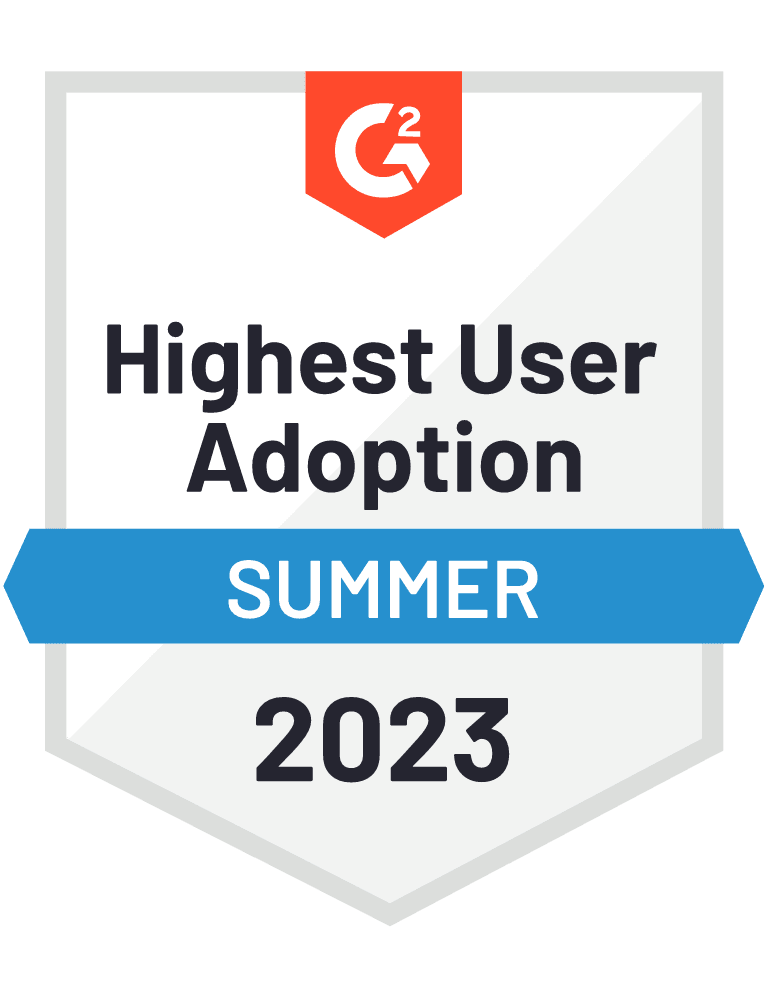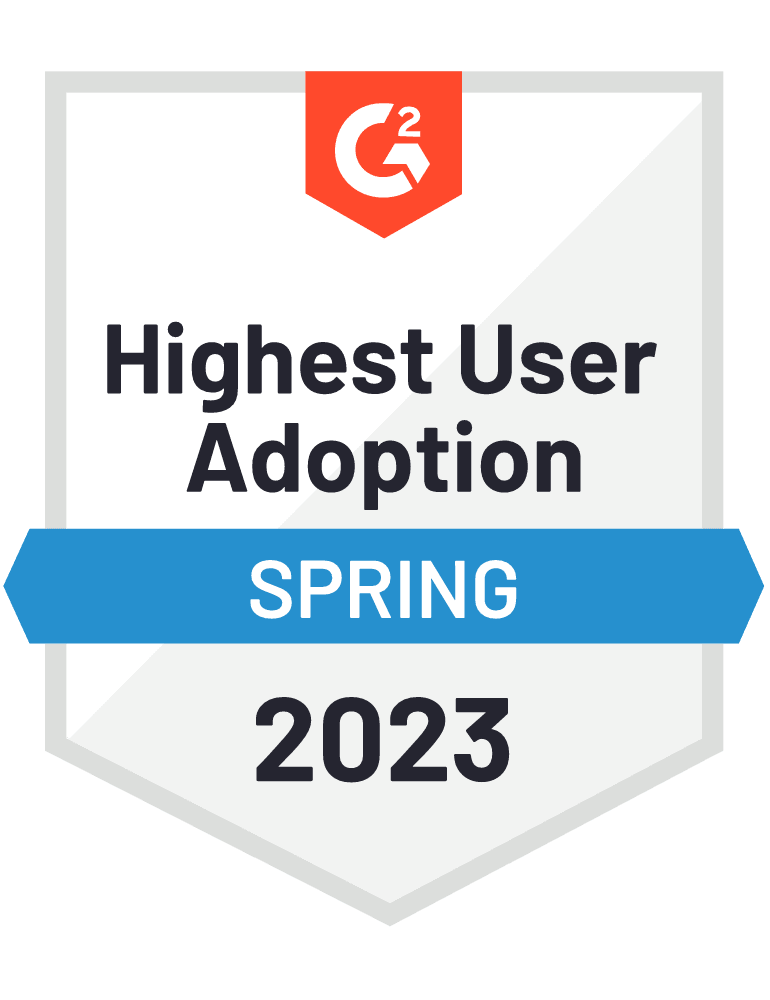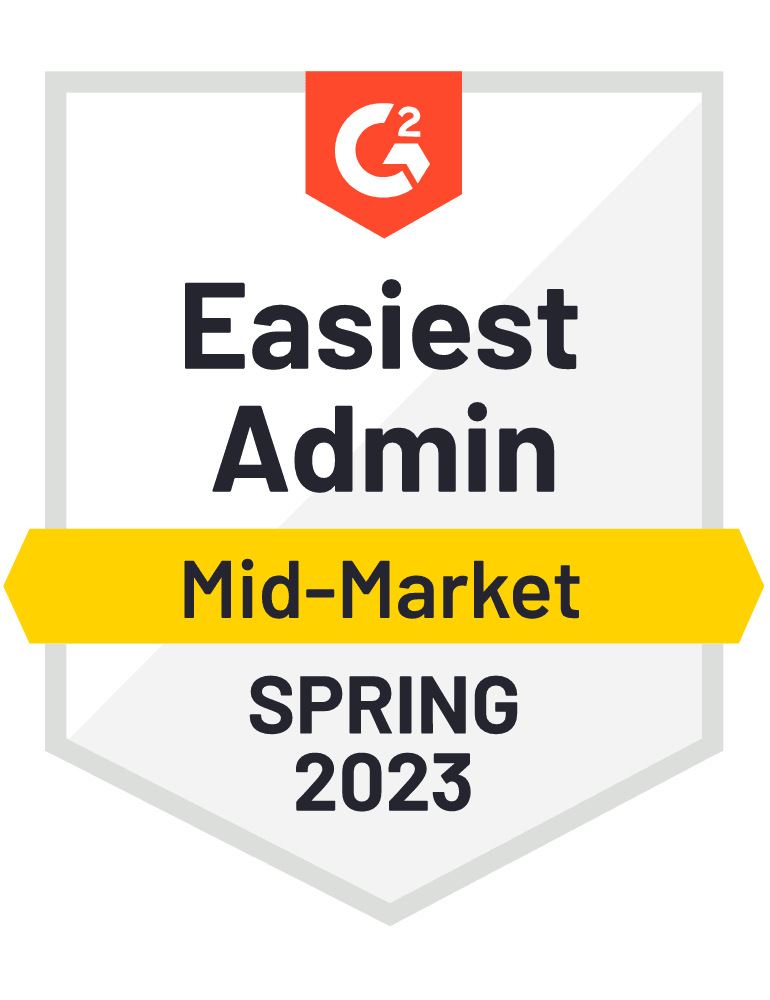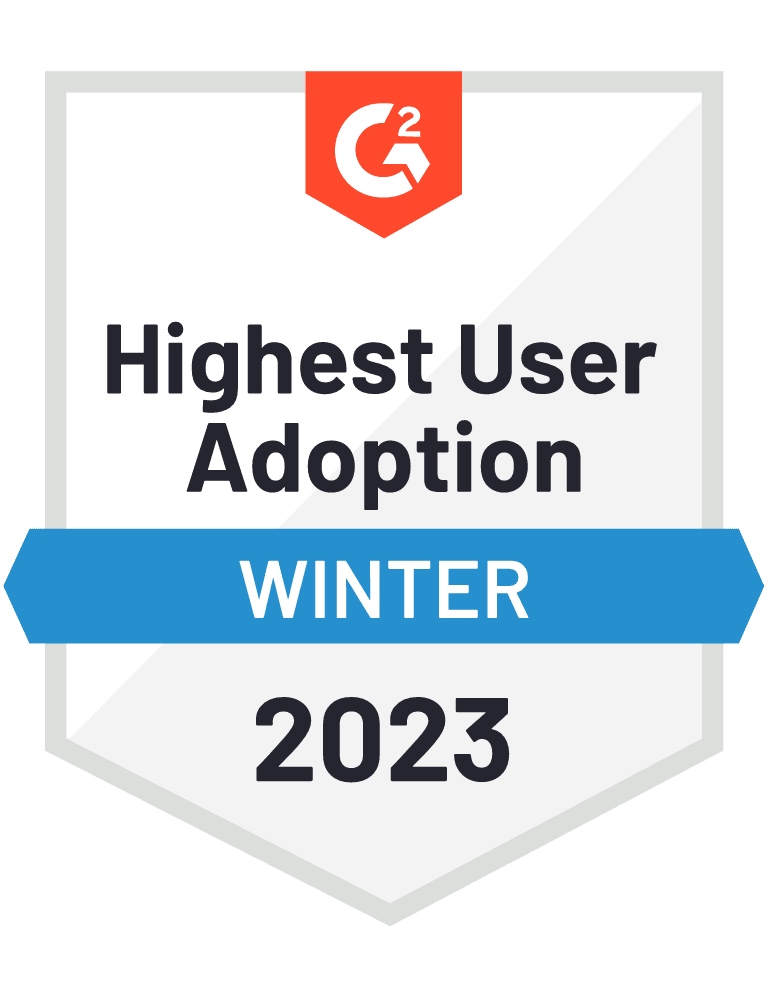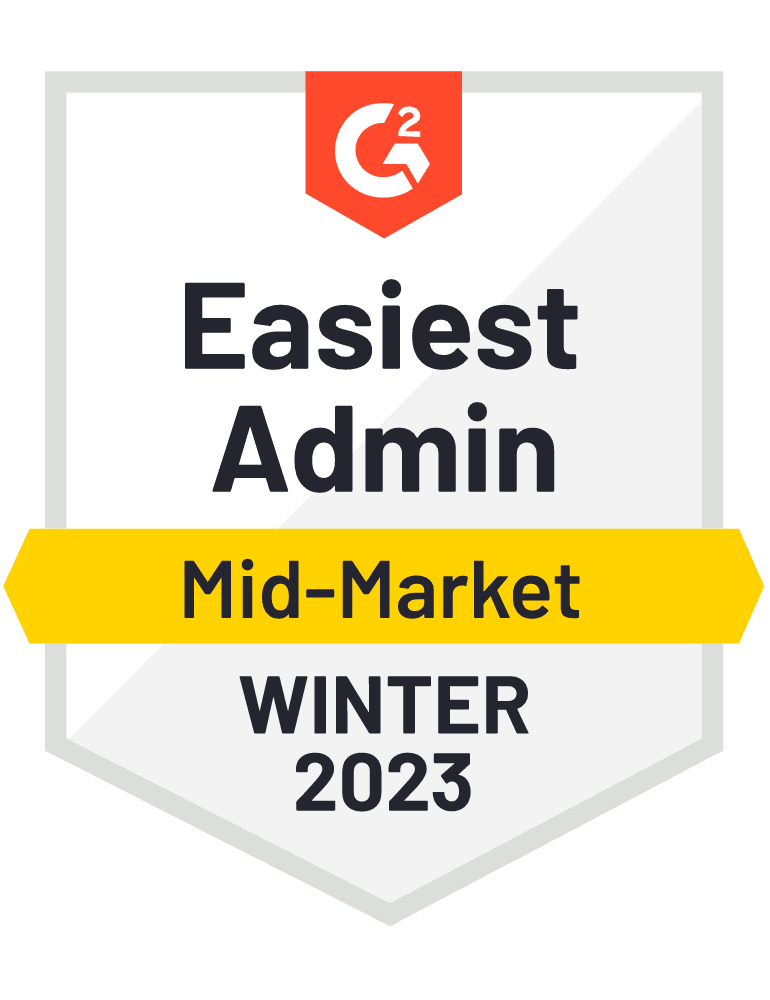Welcome to our Spring 2022 edition of Pay Matters – our roundup of all the payroll and compliance news that you must know.
Read on to stay informed and in compliance with relevant alerts and insights that matter most for your payroll.
HHS Releases 2022 Federal Poverty Level
On January 12, 2022, the Department of Health and Human Services (HHS) released the 2022 Federal Poverty Level Guidelines (FPL). Important to note for ACA purposes is that the 2022 FPL for a household of one has increased to $13,590. The cost of 2022 health insurance for employee-only coverage offered by employers who are using the federal poverty level safe harbor cannot exceed 9.61% of the federal poverty level to be considered affordable under ACA regulations.
For more information about ACA regulations and affordability, click here.
New York State and City Have Mandatory Retirement Plans on the Horizon
In 2021, both New York State and New York City enacted legislation requiring employers who do not currently offer retirement plans to their employees to automatically enroll employees in a state- or city-run retirement savings plan.
Though both plans are formally in effect, they both have yet to be implemented by the government administrations, so no immediate action by employers is needed. The NYS plan is expected to be rolled out in 2022, while NYC has up to two years to implement its plan. Employers should familiarize themselves with the details of the requirements and keep up to date on developments.
Under the NYS plan, private employers with ten or more employees who don’t yet offer retirement savings plans will be required to automatically enroll employees in a state-managed plan. Employers will be required to process employee contributions to their IRA (individual retirement account).
The default employee contribution rate is 3%, capped at $6,000 for employees under age 50 and $7,000 for employees over age 50 (the annual IRA maximums). Employees may opt out of the program or adjust their contribution rates.
Under the NYC plan, private employers with five or more employees who don’t yet offer retirement savings plans will be required to automatically enroll employees in either their own retirement plan or in a city-managed plan.
Under the city act, employers must:
-
- Automatically enroll eligible employees in IRAs;
- Deposit employee funds into the IRAs; and
- Retain records confirming compliance with this mandate for at least three years.
The default employee contribution rate is 5%, capped at $6,000 for employees under age 50 and $7,000 for employees over age 50 (the annual IRA maximums). Employees may opt out of the program or adjust their contribution rates.
For a copy of the NYS legislation, click here.
For a copy of the NYC legislation, click here.
New York Updates COVID Sick Leave Guidance
Although paid COVID sick leave has expired on the federal level, employees in New York are still entitled to paid leave for qualified reasons.
New York recently updated its COVID sick pay guidance, limiting the number of times that an employee is eligible for COVID sick leave to three.
New York guidance states: “In no event shall an employee qualify for sick leave under New York’s COVID-19 sick leave law for more than three orders of quarantine or isolation. The second and third orders must be based on a positive COVID-19 test and the employee must submit documentation from a licensed medical provider or testing facility attesting that the employee has tested positive for COVID-19.”
For more information on New York COVID paid sick leave eligibility and benefits, please visit https://paidfamilyleave.ny.gov/new-york-paid-family-leave-covid-19-faqs.
California COVID Paid Sick Leave Is Back
Effective February 19, 2022, all California employers with more than 25 employees are required to provide up to 80 hours of paid leave for qualifying COVID-related reasons. This leave is called California Supplemental Paid Sick Leave (SPSL) and is in addition to regular mandated paid sick leave.
A similar California law expired on September 30, 2021.
The new law divides the required leave into two periods (banks) of 40 hours each, with each period’s leave payable for different qualifying reasons. Employees draw from each bank depending on the reasons that trigger their leave. They don’t need to complete one 40-hour bank before drawing upon the second bank.
The requirement is effective immediately and remains in effect until September 30, 2022.
If you’ve already paid qualified leave in 2022, you can count that leave toward your California COVID paid leave obligations.
IMPORTANT: The law requires displaying the number of SPSL hours paid on each paystub, even if the number is zero. Thus, the line must appear on your paystubs for every California employee, even if they took no leave during that pay period.
For a list of qualifying reasons for each bank, as well as further details regarding the law, see the legislative text here.
Washington Cares Act Officially Delayed
On January 27, 2022, Washington Governor Jay Inslee signed Bill H.B. 1732, delaying the start of the collection of Washington’s new long-term care tax to July 1, 2023.
Under the WA Cares program, employers were originally required to withhold a 0.58% payroll tax from all employees beginning January 1, 2022. The purpose of this tax is to fund a state-operated long-term care insurance program. In December 2021, Governor Inslee put the collection of the tax on a temporary hold. Now, after the latest development, employers will not have to collect this tax until the middle of 2023.
Governor Inslee also signed Bill H.B. 1733, granting voluntary exemption from this tax to veterans, spouses and partners of active duty service members, and people who work in Washington but live in another state, as well as employees in the U.S. under temporary, non-immigration visas.
HHA Industry Sees Rise in Employee Lawsuits
There has been a recent rise in wage-and-hour litigation brought against employers in the home health care industry, indicating that employees have become more comfortable in bringing lawsuits against current and former employers. These suits have been brought on issues such as wage fixing, late wage payments, and other wage-and-hour violations that can be easily overlooked by an employer. As always, it is essential that employers review their company policies and pay practices on a regular basis to ensure full compliance with all federal, state, and local regulations.
Colorado Expands Paid Sick Leave to Small Employers
Effective January 1, 2022, Colorado requires employers with 15 or fewer employees to provide paid sick leave to their employees. Employers with more than 15 employees were already subject to this requirement.
Under the Colorado paid sick leave law, employees accrue one hour of paid sick leave for every 30 hours worked, up to a maximum of 48 hours per year. Up to 48 hours of unused sick leave must be carried over to the following year.
Employees can use sick leave to care for their own or a family members’ mental or physical illness and to obtain care or treatment related to the illness, as well as to address domestic abuse, sexual assault, or harassment. Leave can also be taken due to a public official’s closure of school or place of care of the employee’s child or the employee’s place of business due to a public health emergency.
For more information, please visit https://cdle.colorado.gov/hfwa.
Local Minimum Wage Updates:
Effective July 1, 2022, minimum wage in the city of Los Angeles, California, will increase from $15.00 per hour to $16.04 per hour.
Effective July 1, 2022, minimum wage in the County of Los Angeles, California, will increase from $15.00 per hour to $15.96 per hour.
Effective March 1, 2022, minimum wage in Santa Fe, New Mexico, increased from $12.32 per hour to $12.95 per hour.
Effective July 1, 2022, minimum wage in Montgomery County, Maryland, will increase from $15.00 per hour to $15.65 per hour.
Disclaimer: It is always your responsibility as the employer to review/audit your pay practices for compliance with all relevant federal, state, and local laws and regulations. Viventium does not provide tax or legal advice and does not take responsibility for the compliance or consequences of your pay practices.
This information is for educational purposes only, and not to provide specific legal advice. This may not reflect the most recent developments in the law and may not be applicable to a particular situation or jurisdiction.

